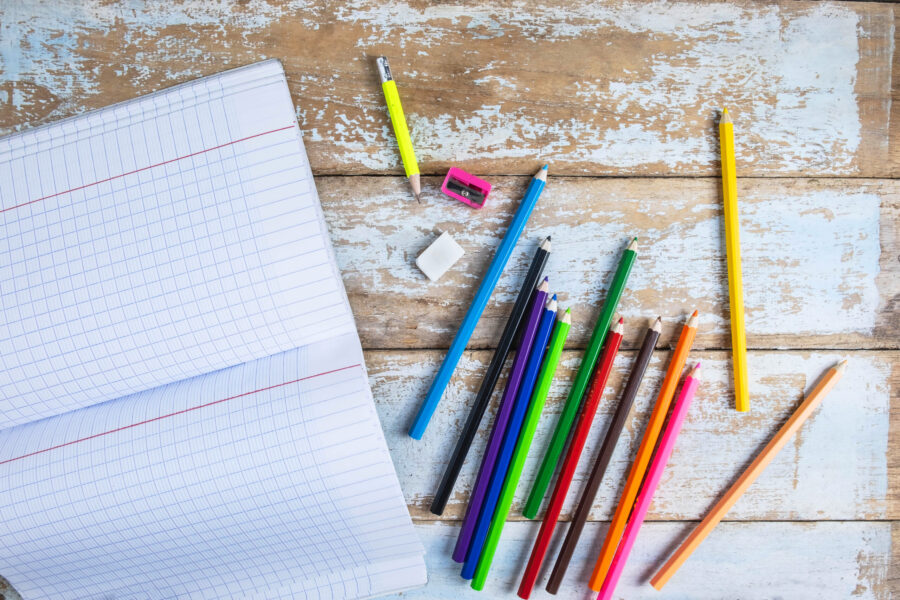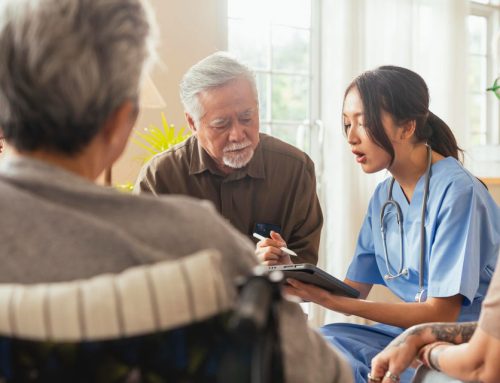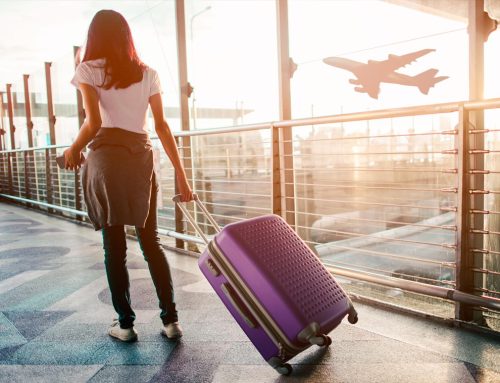A Snapshot of School Reopenings Across the US
By Emily Kim
Covid cases are falling across the country, and now 11.5% of the population is fully vaccinated. Now, much of the focus has been on how to safely reopen society — and more specifically, schools. The CDC released updated guidelines for reopening schools in late February, with measures including enforced mask-wearing, six-feet social distancing “whenever possible,” and weekly checking of community transmission rates. Some schools have recently reopened or are planning to do so, heeding guidelines of the CDC and their state. Let’s take a look at what a few school districts are doing to bring students back in the safest way possible.
First of all, LAUSD (Los Angeles Unified School District) and UTSA (United Teachers Los Angeles) recently came to an agreement that schools would reopen for hybrid instruction starting in mid April. Generally, the older the student, the more drastic the changes to the typical school day will be.
Preschools and elementary schools will be the first to open by mid April. Preschoolers will have in-person instruction for the entire day, but elementary students will have in-person instruction in shifts — a few hours in the morning or the afternoon to ensure proper social distancing. The rest of the school day will be conducted remotely. However, students can also opt to continue with distance-learning entirely.
For those in middle and high school, the school day will look very different. If students choose to go the hybrid route, they will attend school in person twice a week on a staggered schedule. However, there will be no bustling from class to class; students will stay in one classroom for the entire day, and complete their online classes with noise-canceling headphones. The teacher supervising the class will be an advisory teacher, and they too will be equipped with noise-canceling headphones to teach their own classes virtually. Even with these drastic changes, proponents of this hybrid model emphasize that students will go back to school for “peer interaction, social-emotional learning and college and career exploration.”
Moving south, the DeKalb school district was one of the last to reopen in metro Atlanta for in-person learning. Henry, Cobb, and Fulton counties started reopening their schools in mid January. Students and staff are provided with masks, face shields, and gloves to use throughout the day, classroom seats are appropriately spaced apart for social distancing, and students pick up their food to bring to the classroom to eat, instead of eating at the cafeteria. Clear mitigation measures are in place, but students have the option to continue with distance learning if they prefer.
Some schools in Illinois have also reopened for in-person learning, this time enforcing a social distancing requirement of three feet rather than six feet. The caveat: all teachers must be fully vaccinated. The state still recommends six feet social distancing for any unvaccinated staff, as well as whenever students take off their masks to eat or drink, but Illinois’ health guidelines now state that “schools can operate at no less than 3 feet in order to provide in-person learning.” This policy shift comes during an ongoing debate on the appropriate social distance and whether six feet is truly necessary.
Lately, more and more evidence has pointed to the idea that a six feet distance may not be necessary in school settings. A study published in Clinical Infectious Diseases demonstrates that a three feet distance may be sufficient in a classroom. Researchers studied over 200 Massachusetts public school districts, their social distancing policies (whether or not they required a three feet or six feet distance — intermediate distances were excluded), and infection rates among students and staff. They found that infection rates were similar among school districts that permitted three feet social distancing and six feet social distancing. However, it’s important to note that the schools that allowed three feet social distancing made three feet the minimum. This means that the students and staff could have been more socially-distanced than this throughout the day. Therefore, as the article states, this study “[captures its] official policy” but not necessarily its “real-world implementation.”
Nonetheless, the study still provides important insights. Social distancing has arguably been one of the biggest obstacles to reopening schools. Thus, this study’s findings could potentially make it easier for schools to reopen and accommodate more students. Alameda County Superintendent of Schools LK Monroe, whose California schools recently reopened under a hybrid system, even emphasizes that revised social distancing guidelines would be a complete “game changer.” More students could return to campus and enjoy the in-person learning that we all took for granted until the pandemic swept it away, and school could feel more “normal” again.
Social distancing is one of many pieces in the school-reopening puzzle, and we still have much to figure out. But as we see across the country, with revised social distancing measures, hybrid systems, and staff vaccinations, schools are slowly putting the pieces together. And as they test different pieces and strategize different angles, we can be cautiously optimistic that eventually, everything will fall back into place.






